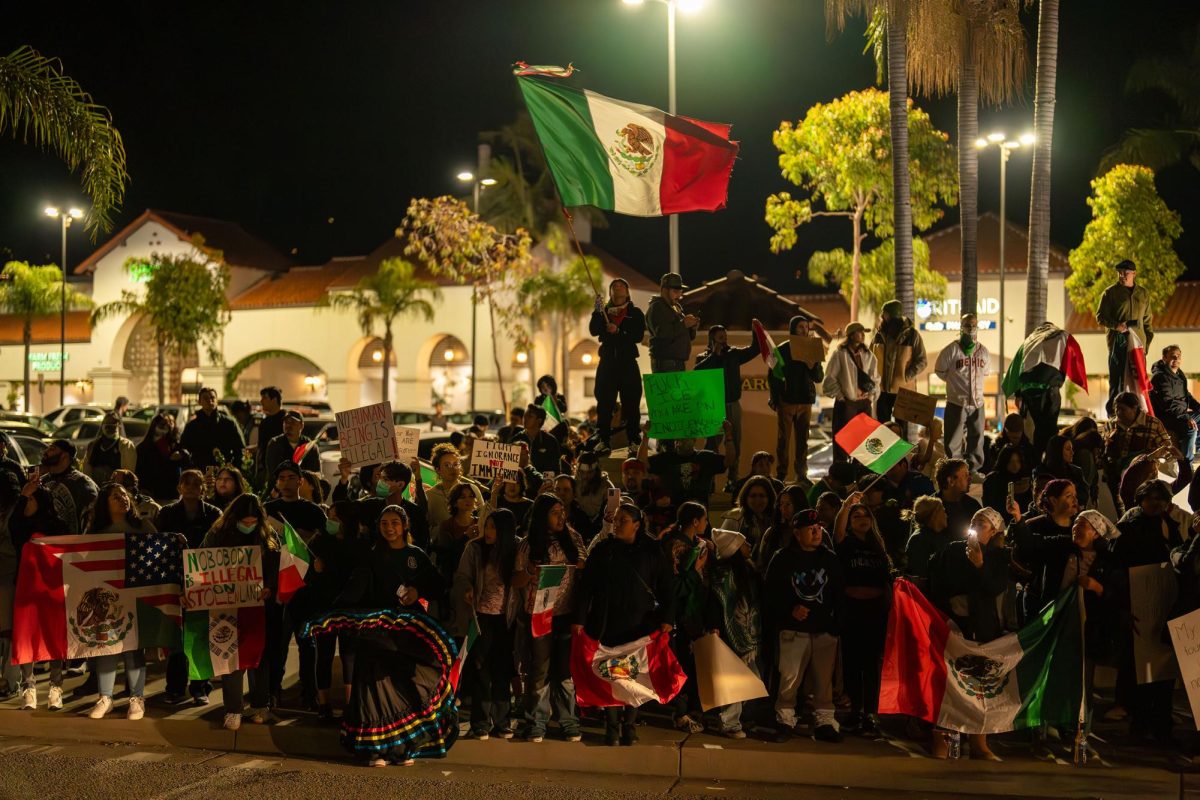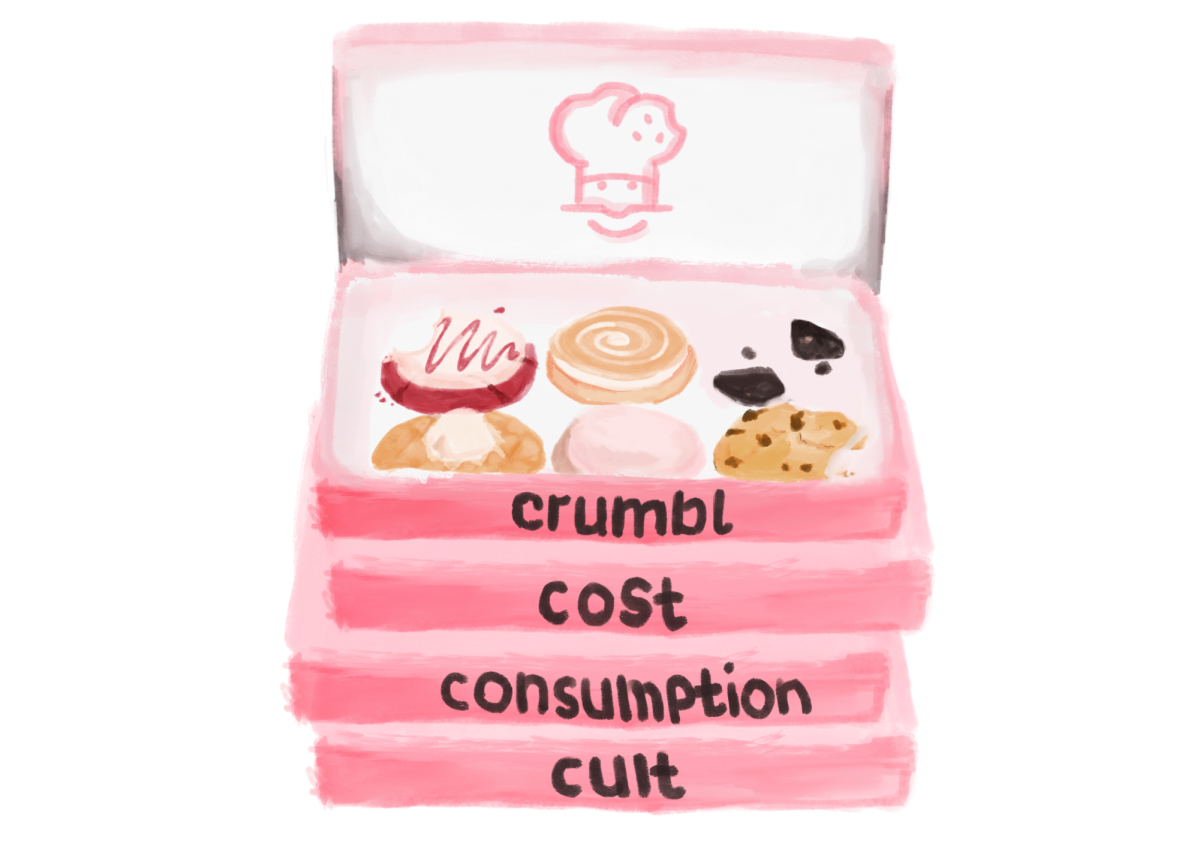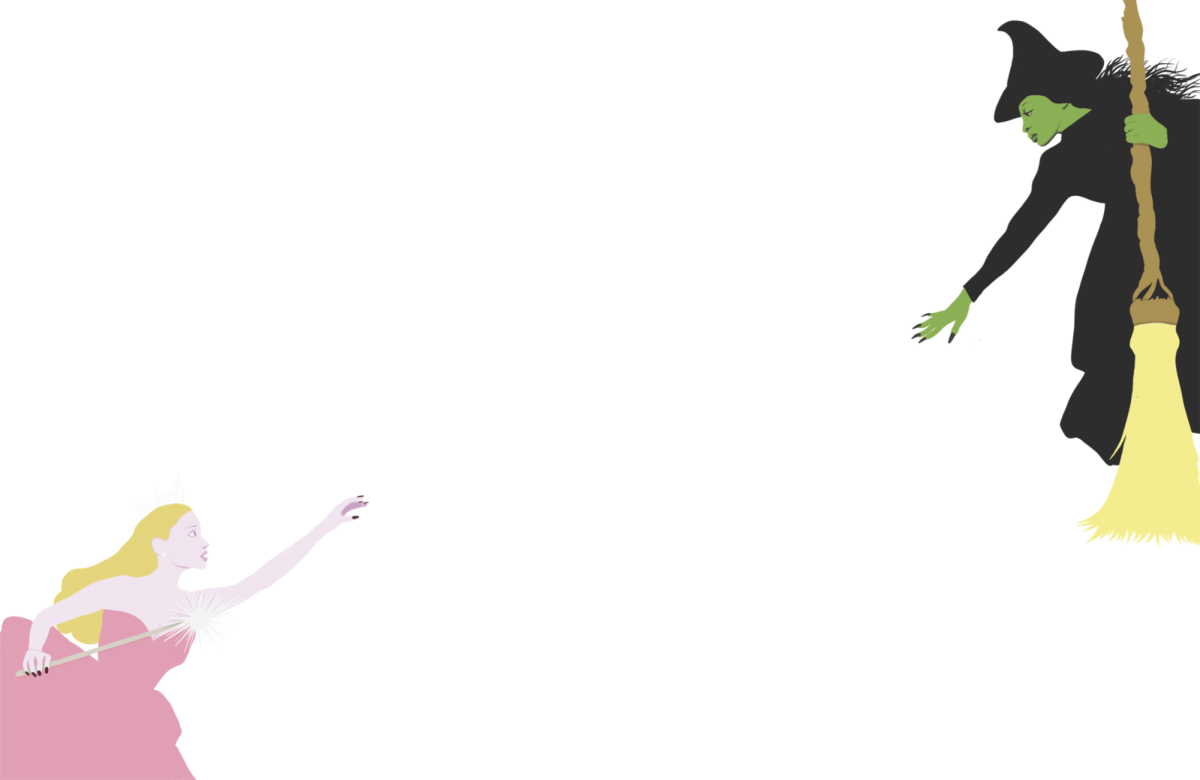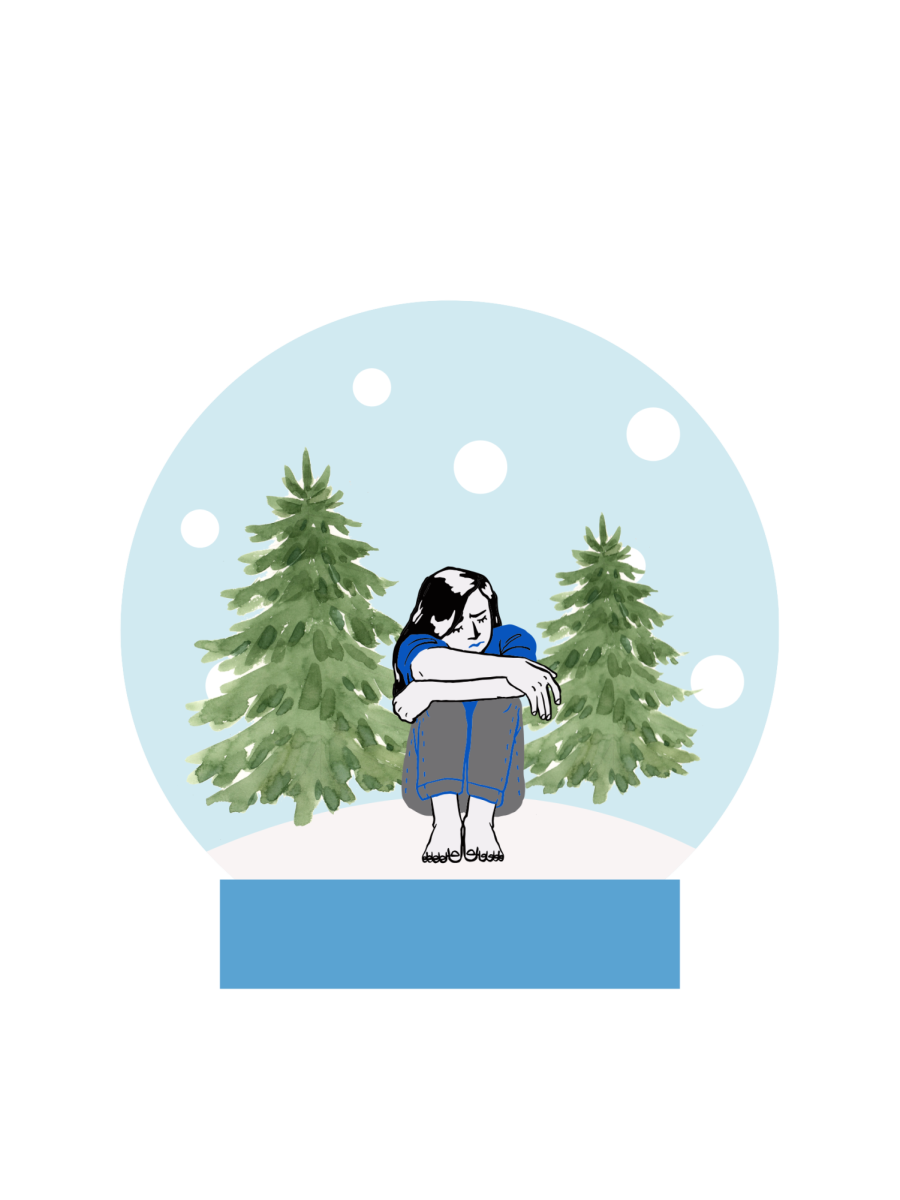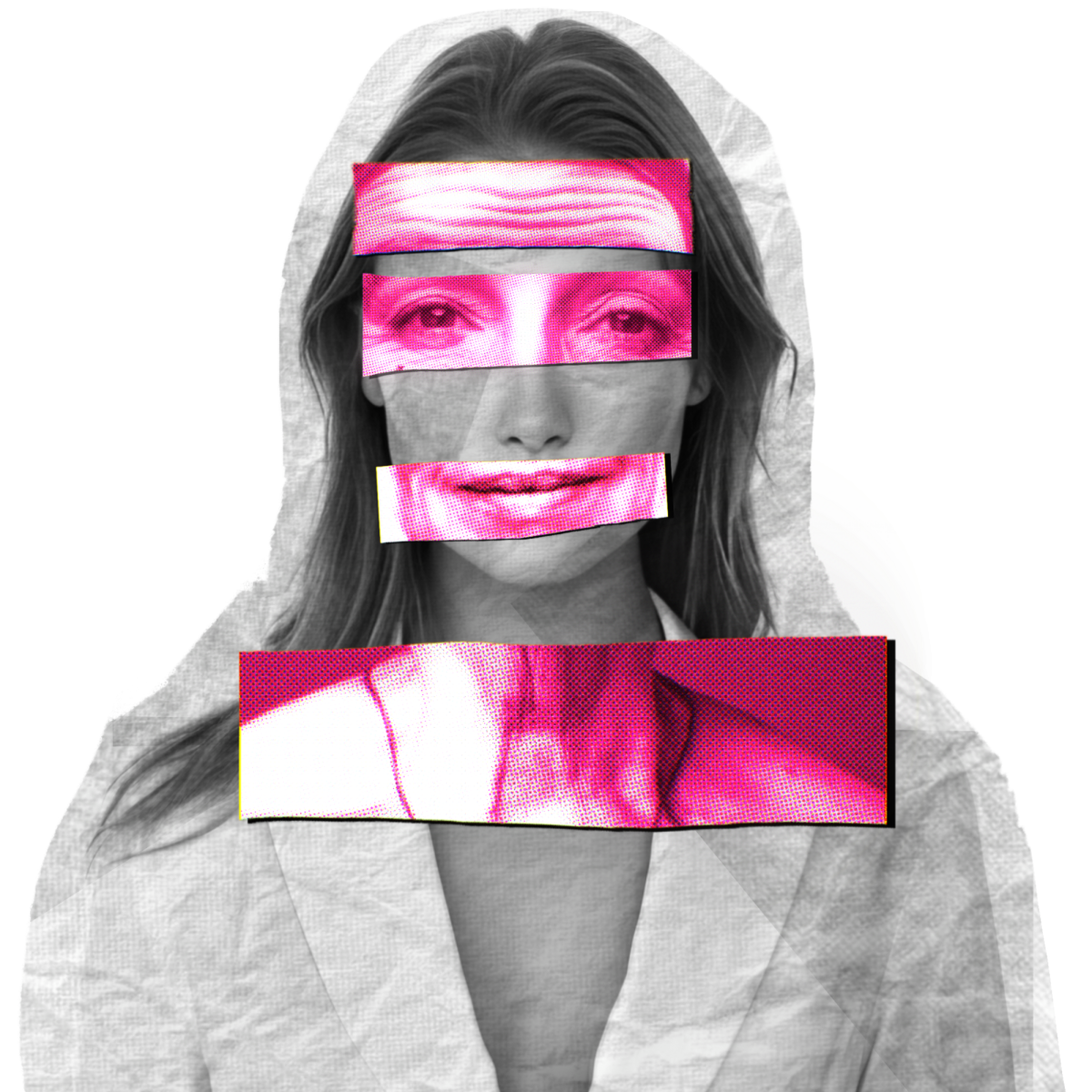Since I was five years old the United States has been engaged in overseas warfare. I can’t remember a time that my country was not at war. I can’t remember a time that I wasn’t bombarded with images and messages about the horrors of the war so many young men and women were fighting abroad.
But, I also can’t remember a time that I lived in fear of how those wars might affect me or my life directly. I’ve never lived in fear of our country’s armed engagement.
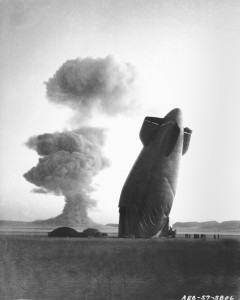
During the 1950s, little towns neighboring Nevada woke up early in the morning to stand in wonder of the mushroom clouds rising above the atomic-bomb testing site. The Atomic Energy Commission assured the parents of these little towns not to fear the radioactive fallout that drifted over their heads.
But the awe at the site of atomic explosion was coupled with a panic of nuclear war. Before the Soviet Union imploded and the Berlin Wall fell, our country lived in anxiety of mutual nuclear destruction. The threat of nuclear war was imminent, inciting nightmares among children and adults alike. Civil Defense publications encouraged civilians to build bomb shelters and Survivalism gained momentum.
However, with the fall of communism, there was a shift in popular attitude. In the public eye, the United States became the only superpower, and the threat of nuclear war quickly diminished.
A generation later, our daily lives are no longer characterized by a panic over nuclear war, but the awe inspired by those mushroom clouds has turned into trepidation.
During the 1950s, parents held Geiger counters, a particle detector that measures ionizing radiation, over their children and marveled as the needle jumped. Recently, TIME Magazine cited studies that showed that an unusually high number of the children who lived in those little towns in Utah that neighbored the Nevada testing site eventually died of leukemia.
The hysteria over it raining nuclear shells largely faded within the last twenty year. However, the fear of the repercussions of atomic radiation has only skyrocketed. And, within my lifetime, the threat of atomic suitcase bombs and atomic accidents has disseminated into our national radar.
The threat of nuclear war was imminent, inciting nightmares among children and adults alike.
Mark Thompson said in TIME magazine on January 11, “…nuclear weapons remain the crack cocaine of world leaders, crazy or not, who want the security they seem to offer.” Rather than being an omnipotent popular terror, nuclear warfare has, in the last twenty years, been suppressed by the threat of world destruction.
However, with nuclear engagement becoming, arguably, an impending prospect with Iran, will we again be consumed with the fear of mutually assured destruction? Will nuclear war again incite nightmares among school children and adults alike? But would it be worse? Would we no longer marvel at the jumping needle of a Geiger counter. As Japan begins to stabilize after the nuclear crisis there, we now, more than ever before realize the gravity of atomic fallout.
On the nuclear front, this past month, the Bulletin of Atomic Scientists moved its Doomsday Clock warning of nuclear war to 11:56 p.m. Four minutes to the midnight when it believes nuclear war could break out. The Clock was set at 11:58 in 1953 at the height of the Cold War (TIME).
What is stopping our world from clocking through those four minutes? Those who fear weapons of mass destruction falling into what they deem to be the wrong hands are just as determined to see they don’t get them as our nations’ leaders are to maintain the superpower security having such weapons grants them.
The United States began fighting a war against terrorism in 2001. Our nation was struck with panic when the two towers came crashing down. But I was five years old, and I can’t remember that feeling of panic. I am only now starting to fear war. Has that anxiety been inspired in me by the looming threat of nuclear power, or am I just now old enough to process the concept of war?
